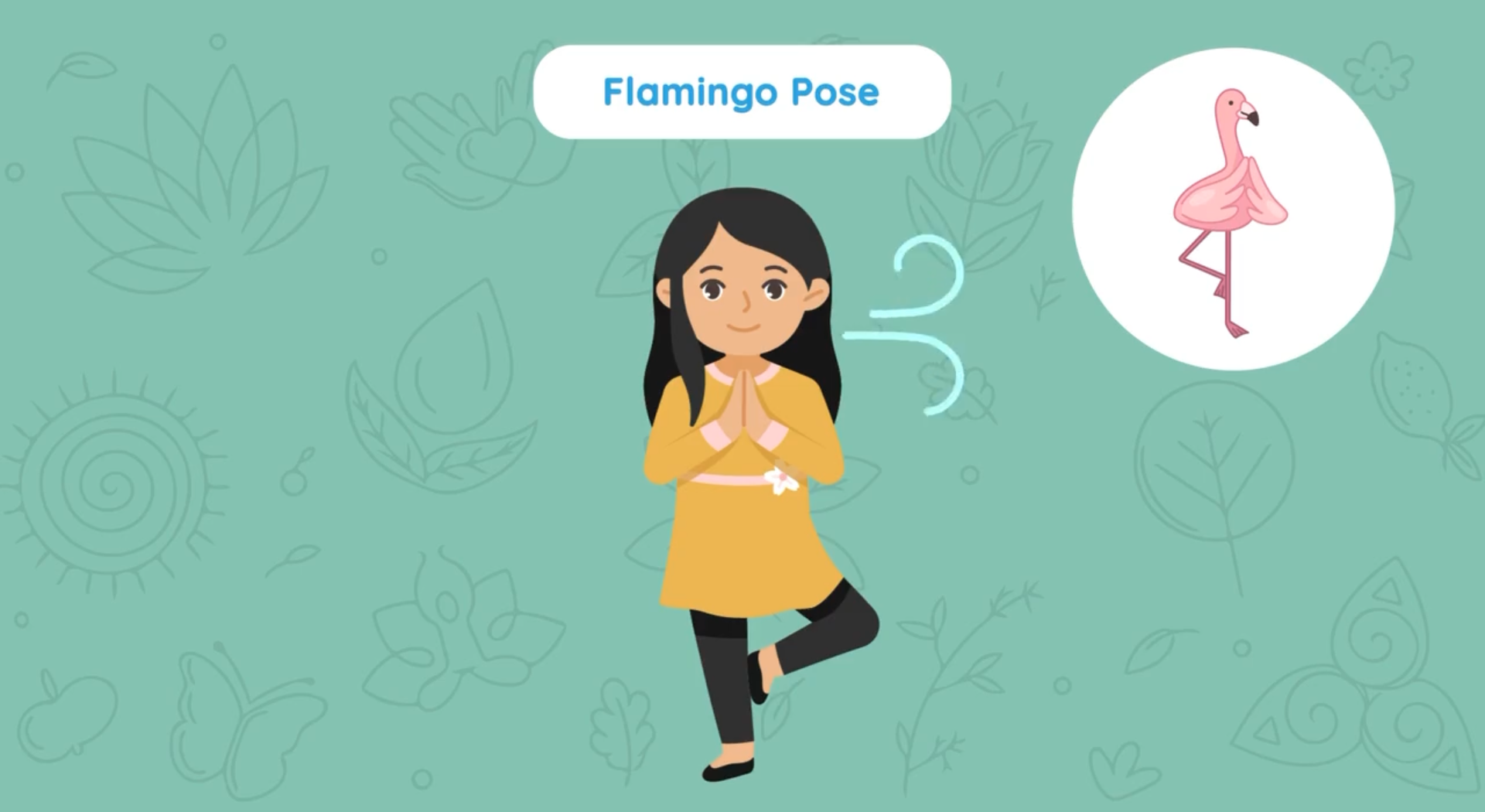
Introduction
Social-emotional learning (SEL) is crucial for young children’s development, helping them build essential skills
that foster healthy relationships, self-awareness, and responsible decision-making. One enjoyable way to
incorporate SEL into kindergarten classrooms is through animal yoga. This engaging activity not only provides a
fun way to exercise but also helps develop mindfulness and self-regulation in young learners. In this blog post,
we’ll explore an easy-to-implement animal yoga activity for kindergarteners, along with discussion questions and
related skills to further enhance their SEL journey.
No-Prep Activity: Animal Yoga Adventure
This animal yoga activity requires no preparation or materials from the educator, making it a perfect addition to
any kindergarten classroom. Follow these simple steps to guide your students through an exciting animal yoga
adventure:
- Invite your students to find a comfortable spot with enough space to move freely without bumping into
others. - Explain that they will be imitating different animal poses as you guide them through the activity.
- Begin with the “Giraffe Pose”: Encourage students to stand tall, reach their arms high above their heads,
and stretch their necks upwards. Hold for five counts while taking deep breaths. - Move on to the “Turtle Pose”: Have students sit on the floor, tuck their legs underneath them, and wrap
their arms around their knees. Encourage them to take slow, deep breaths as they “hide” in their turtle
shells for five counts. - Introduce the “Snake Pose”: Instruct students to lie on their stomachs, place their hands under their
shoulders, and gently lift their heads and chests off the ground. Encourage them to hiss like a snake while
holding the pose for five counts. - Finish with the “Sleeping Lion Pose”: Have students lie on their backs, spread their arms and legs wide,
and close their eyes. Encourage them to take slow, deep breaths as they relax and imagine being a
sleepy lion for five counts.
Discussion Questions
Stimulate further discussions with these questions, helping students reflect on their animal yoga experience and
connect it to their SEL development:
- How did each animal pose make you feel? Which pose was your favorite and why?
- Why is it important to be aware of our bodies and our breathing during activities like animal yoga?
- How can practicing mindfulness and self-regulation through animal yoga help us in our everyday lives?
- Can you think of other activities that help us develop mindfulness and self-regulation skills?
- How can we show respect and kindness to our classmates during group activities like animal yoga?
Related Skills
In addition to mindfulness and self-regulation, animal yoga can help students develop other valuable
social-emotional skills, such as:
- Empathy: Imagining themselves as different animals can encourage students to develop empathy and
understanding towards others. - Focus and attention: Practicing various poses requires concentration and attentiveness, strengthening
students’ ability to focus. - Communication: Engaging in group activities like animal yoga promotes effective communication and active
listening skills. - Body awareness: Exploring different poses helps students become more aware of their bodies and how they
move in space.
Next Steps
If you’re interested in exploring more engaging activities that promote social-emotional learning in your
kindergarten classroom, sign up for free
samples of various SEL resources at Everyday Speech. From interactive games to captivating videos, these
resources provide a wealth of opportunities to enhance your students’ social-emotional skills and create a
positive learning environment.

